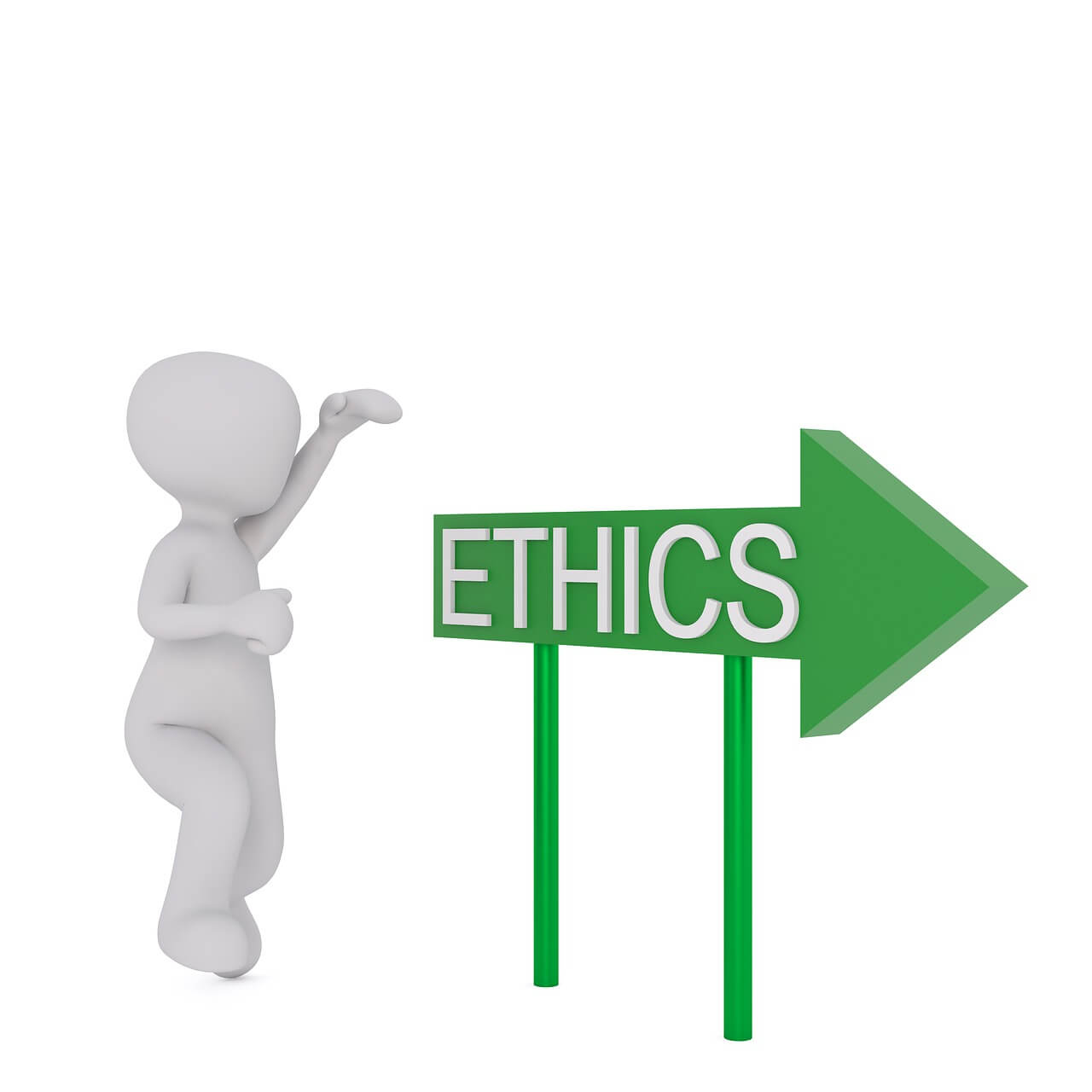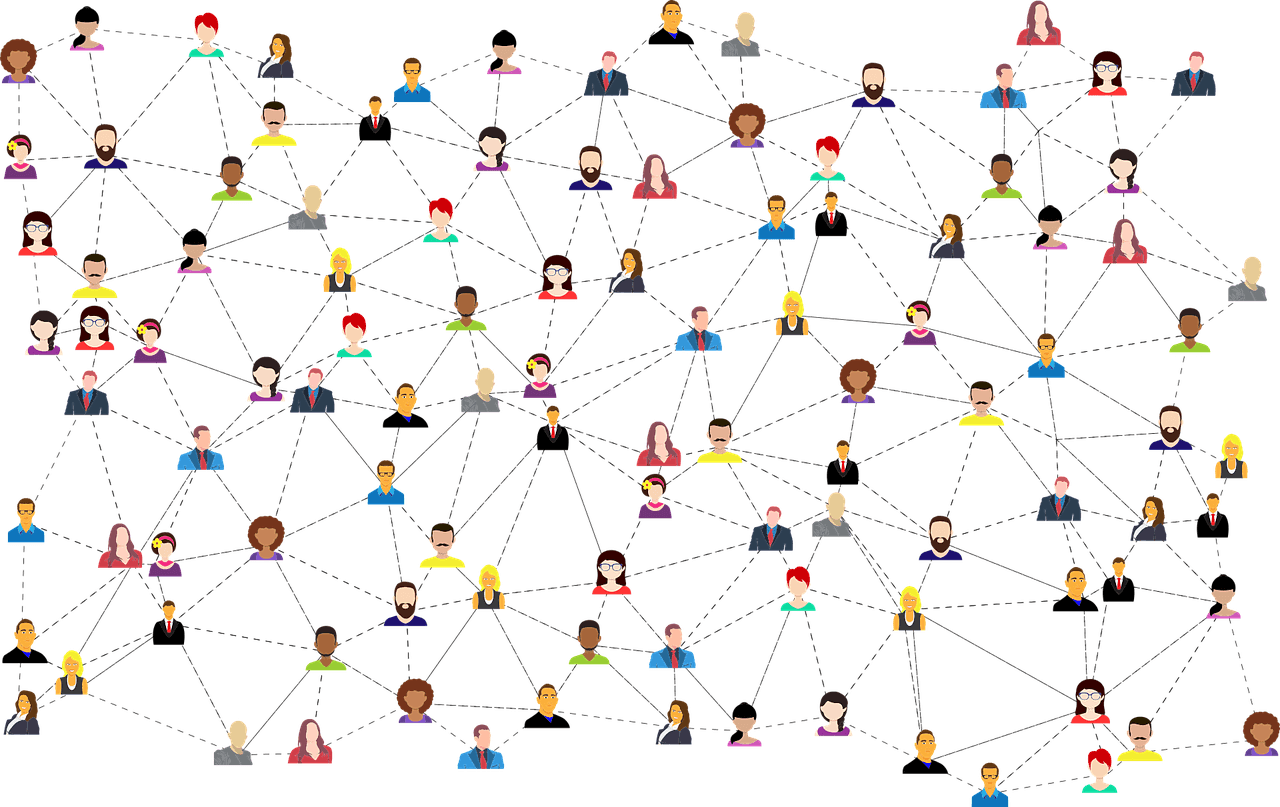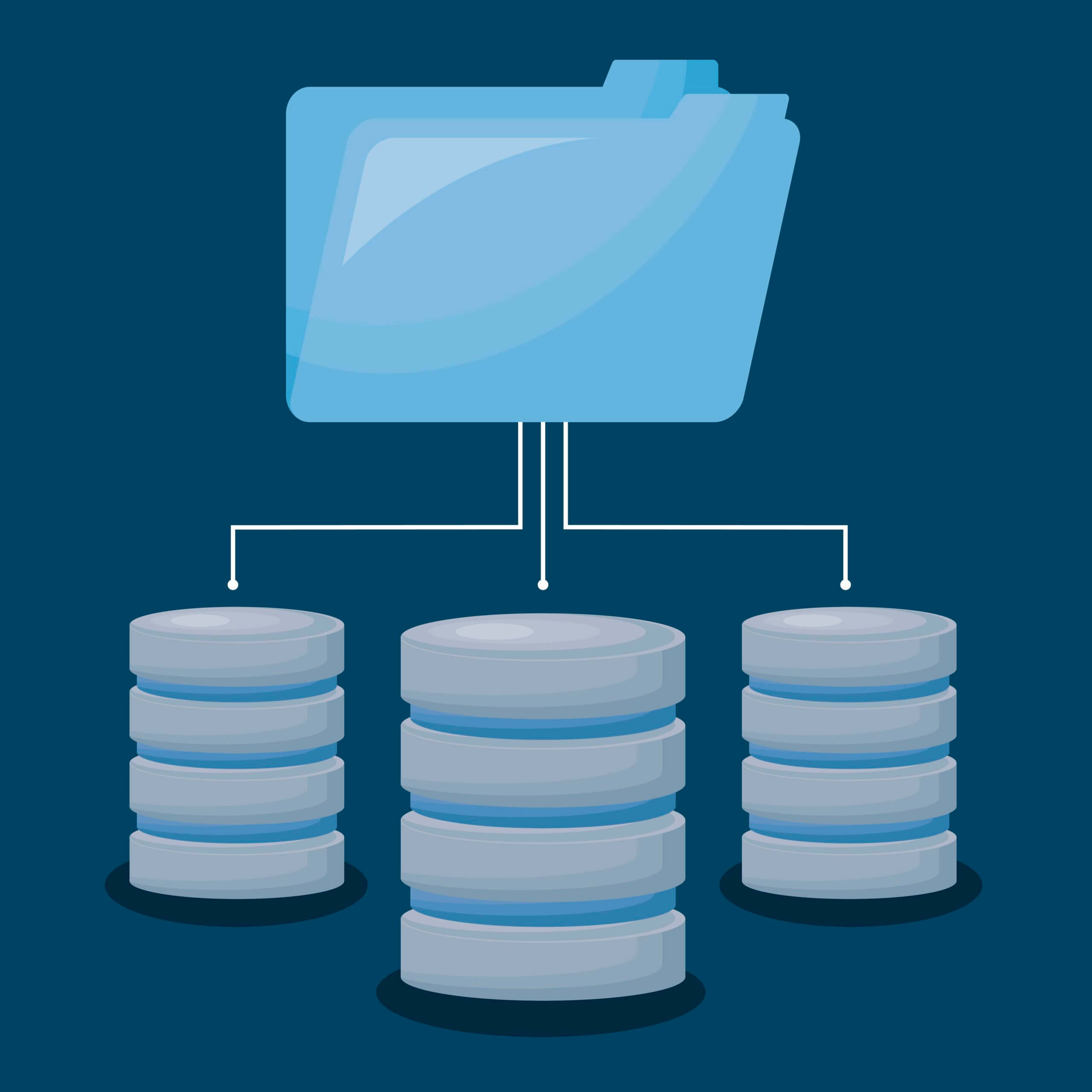Effective Nonprofit Fundraiser: Beyond Heartfelt Appeals
…a guest posting by Andrea Kihlstedt What personality traits make up an ideal and effective…
Our content is reader-supported. Things you buy through links on our site may earn us a commission
Never miss out on well-researched articles in your field of interest with our weekly newsletter.


…a guest posting by Andrea Kihlstedt What personality traits make up an ideal and effective…

A Guest Posting by Sue Smith An issue was raised in a listserve: “As someone…

A Guest Posting by Mari Lane Gewecke (The second of two guest postings on this…

A Guest Posting by Ken Ristine (The first of two perspectives on this subject, by…
…a guest posting by Andrea Kihlstedt Introverts have been in the news for the past…